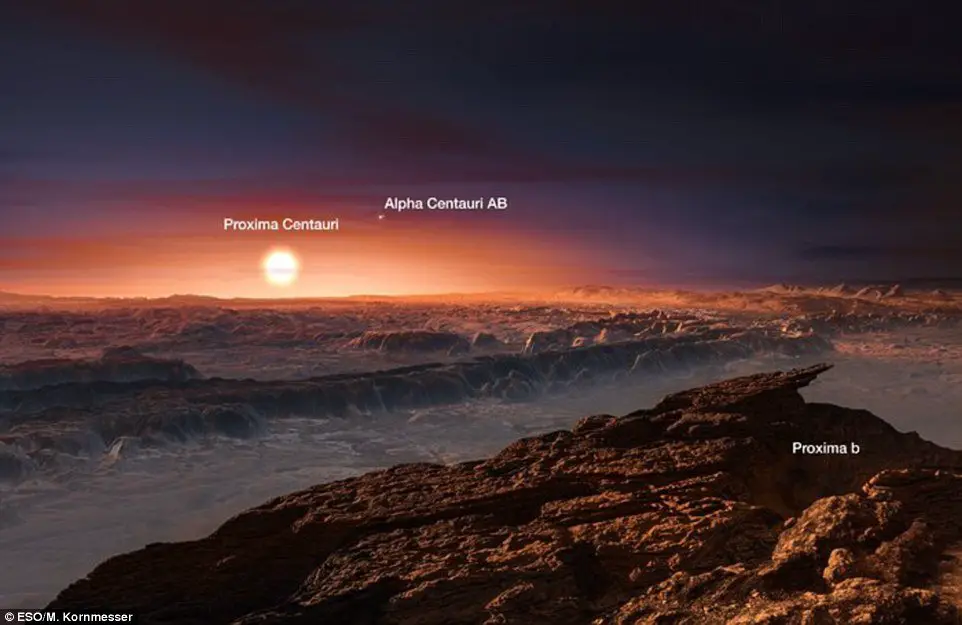Science & Tech
Newly-Found ‘Second Earth’ Is Just Four Light Years Away and Could Have Liquid Water and Alien Life

Followed by the 2015 discovery of a “second Earth”, researchers now claim they have found a new Earth-like candidate for the existence of life. Moreover, the newly-discovered planet is closer than any other exoplanet known to humanity – it is orbiting the closest star to our solar system.
Proxima b
Proxima b is just four-and-a-half light-years away from our solar system and orbits the star called Proxima Centauri. It’s a cool, red dwarf star which belongs to a triple system of stars in the solar system of Alpha Centauri, located 25.2 trillion miles away from our planet.
Using the Harps spectrograph and the ESO 3.6-metre telescope at La Silla in Chile, the research team led by Dr. Guillem Anglada-Escudé of the Queen Mary University of London observed Proxima Centauri, looking for the signs of gravitational pull caused by a potential orbiting planet. The first hints were detected back in 2013, but only recently, the team managed to achieve convincing results.
What we know about the newly-discovered ‘second Earth’
According to a paper published in the journal Nature, Proxima b has a mass at least 1.3 times that of our planet and is located at the distance of about seven million kilometers from Proxima Centauri, which is only 5% of the distance between the Earth and the Sun. It means that the “second Earth” is, in fact, even closer to its star than Mercury is to the Sun. However, since Proxima Centauri is much fainter than our Sun, Proxima b lies within the habitable zone and has a surface temperature suitable for the presence of liquid water.
This, in turn, suggests that this rocky planet could potentially host alien life, even though we don’t have a full picture of the conditions on its surface.

The astronomers believe that Proxima b is exposed to strong ultraviolet radiation caused by intense X-ray flares from its star. This and other factors, such as the planet’s rotation and formation history, suggest that Proxima b has quite a different climate from that of the Earth and, most probably, doesn’t have seasons.
“If Proxima b has an atmosphere and if there is water there, and these are big ‘ifs’, it is intriguing to think that the simple ingredients – water, carbon dioxide, and rock – that are needed for the formation of biochemical cycles that we call life, could all be present and interacting on the planet’s surface,” Mikko Tuomi of the University of Hertfordshire told Daily Mail.
“But we do not really know. We need to study this system a lot more over the coming decades in order to be able to start answering such questions. However, it is a great place to start looking for life outside the Solar System and it is a very exciting discovery,” he added.
The research team will continue to study Proxima b, and it’s indeed fascinating to think that they may find signs of life on this rocky and (not so) distant world.
Typos, corrections and/or news tips? Email us at Contact@TheMindUnleashed.com
